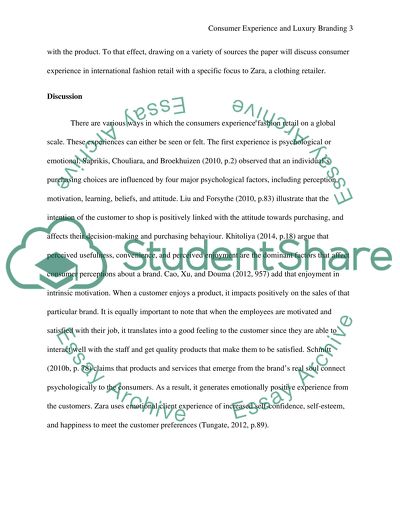Cite this document
(“Consumer experience and Luxury Branding Essay Example | Topics and Well Written Essays - 1750 words”, n.d.)
Consumer experience and Luxury Branding Essay Example | Topics and Well Written Essays - 1750 words. Retrieved from https://studentshare.org/marketing/1695651-international-fashion-retailing
Consumer experience and Luxury Branding Essay Example | Topics and Well Written Essays - 1750 words. Retrieved from https://studentshare.org/marketing/1695651-international-fashion-retailing
(Consumer Experience and Luxury Branding Essay Example | Topics and Well Written Essays - 1750 Words)
Consumer Experience and Luxury Branding Essay Example | Topics and Well Written Essays - 1750 Words. https://studentshare.org/marketing/1695651-international-fashion-retailing.
Consumer Experience and Luxury Branding Essay Example | Topics and Well Written Essays - 1750 Words. https://studentshare.org/marketing/1695651-international-fashion-retailing.
“Consumer Experience and Luxury Branding Essay Example | Topics and Well Written Essays - 1750 Words”, n.d. https://studentshare.org/marketing/1695651-international-fashion-retailing.


